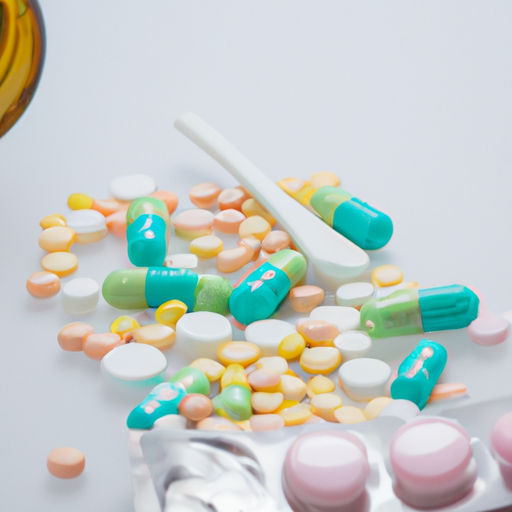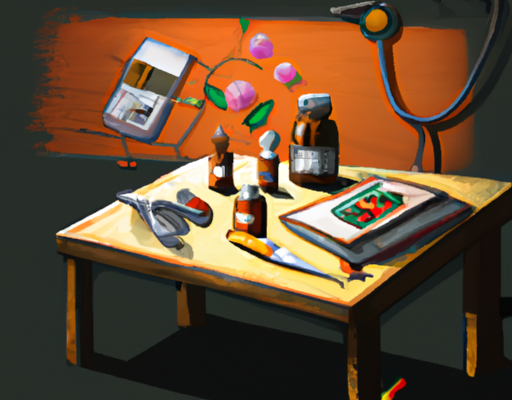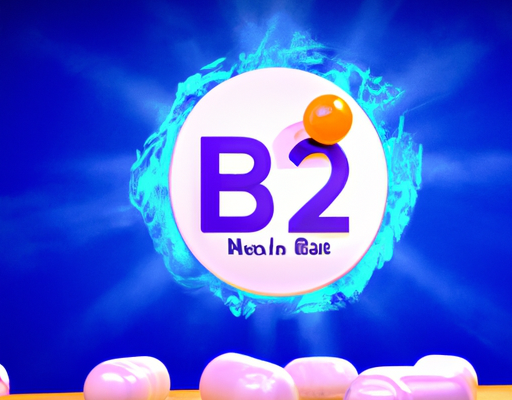What is a whitehead
Whiteheads, also known as closed comedones, are a type of acne that can affect both teenagers and adults. They look like small, white bumps on the skin and are most commonly found on the face, neck, back, and chest. Unlike other types of acne, such as pustules, whiteheads form when a pore becomes clogged with bacteria, oil, and dead skin cells – resulting in a ‘plug’ that gets trapped beneath the skin’s surface. Whiteheads are usually not painful and can be treated just like other types of acne, with the use of topical treatments and medications. If they are not treated, whiteheads can lead to more severe issues such as infections and permanent scarring. The best way to treat whiteheads is to keep the skin clean, exfoliate regularly and use an acne treatment that is appropriate for your skin type.
What is a pustule
A pustule is an inflamed, pus-filled lesion on the skin. It is usually round and red in color, with a yellow or white center. The pus is made up of dead bacteria, skin cells, and white blood cells. Pustules can be caused by bacterial infections, such as Staphylococcus aureus, or by an allergic reaction. They can also be caused by an autoimmune disorder, like psoriasis. Pustules can be painful and itchy, and can leave behind scars if not treated properly. If you have a pustule, it is important to seek medical advice to determine the cause and treatment.
Whitehead symptoms
Whiteheads and pustules are two common skin eruptions that can cause a great deal of distress. Whiteheads, which are also known as closed comedones, are small, white bumps on the skin that appear when skin cells and oils become trapped under the surface. They are milder versions of pimples, but they can still cause irritation, redness, and swelling. In comparison, pustules are more severe and identifiable by their red, inflamed appearance and yellowish or whitish center. They can be painful to the touch, and can sometimes leave permanent scarring. Treatment of both types of eruptions often involves the topical application of mild soaps or over-the-counter creams, as well as lifestyle adjustments, such as avoiding excess stress or diet changes. However, in serious cases, a dermatologist may be consulted for more advanced treatment or even surgery. No matter the cause or degree of severity, those with whiteheads and pustules should always seek medical advice.
Pustule symptoms
Pustules are sore, pus-filled bumps that often appear on the face, neck, back, and chest. They are much larger than whiteheads and have a similar appearance to pimples. Pustules are usually red or pink in color, and tend to have a raised, firm appearance. However, unlike whiteheads, pustules have a yellowish pus at the center, which may be covered with a hard crust. The area surrounding the pustules may also be red, itchy, and even sore. Also, unlike whiteheads, pustules can be painful to the touch. Pustules can be caused by a variety of problems, such as poor hygiene, genetics, and too much oil production on the skin. To avoid pustules, it is important to maintain good hygiene, as well as exfoliating regularly and keeping your skin clean. Additionally, it is important to eat a healthy diet and limit the use of harsh skin products.
Causes of whiteheads
Whiteheads and pustules are not the same condition. Whiteheads are a form of acne in which a blocked pore becomes filled with oil and debris made up of dead skin cells. Whiteheads typically occur when the pores of the skin become clogged with dirt, oil, bacteria, and dead skin cells. They can be caused by a combination of genetics, hormones, stress, bacteria, and irregular skin care routines. Hormone levels such as testosterone, which can be affected by puberty, pregnancy, and menopause can cause whiteheads. Stress can cause the sebaceous glands to produce more oil, leading to clogged pores and whiteheads. Poor skin care including excessive scrubbing and not exfoliating can cause whiteheads. The best way to prevent whiteheads is to keep your skin clean and clear by using proper skin care.
Causes of pustules
Pustules are primarily caused by a bacterial infection when certain types of bacteria accumulate on the skin. This can be a result of excessive perspiration, oily skin, hormonal changes, or changes in the acidity of one’s skin. When bacteria accumulate, the body’s immune system reacts by creating inflammation and pustules. This is often accompanied by itching and redness. In severe cases, pustules may self-rupture and become enlarged, leading to greater discomfort and further swelling. Pustules may also be caused by allergic reactions to certain food or medications, or the introduction of certain bacteria into broken skin. In some cases, pustules may be caused by underlying medical conditions such as dermatitis or psoriasis which require medical attention.
Treatment for whiteheads
Whiteheads, which are also known as closed comedones, are a form of acne caused by blocked pores. They appear as small, white bumps on the skin, usually on the face, neck, and shoulders. Treatment for whiteheads requires a combination of lifestyle changes, medical treatments, and skincare products. Lifestyle changes may involve changes in diet, reducing stress levels, and avoiding certain triggers that may make symptoms worse. Medical treatments may involve oral medications, topical acne medications, or a combination of both. Lastly, skincare products should include cleansers or exfoliants with salicylic acid to help break down oil and bacteria that cause whiteheads, as well as moisturizers to keep the skin hydrated. By following these steps, it may be possible to reduce or eliminate whiteheads and keep skin looking healthy.
Treatment for pustules
Pustules can be treated in a variety of ways and the most effective method depends on the severity and cause of the condition. For mild cases, topical treatments, such as salicylic acid or benzoyl peroxide, can help to reduce inflammation and clear away the blockage that is causing the pustules. In more serious cases, oral medications such as antibiotics, isotretinoin or clindamycin may be prescribed to reduce inflammation, stop the growth of the bacteria, and reduce the risk of scars. Severe cases may also require additional light or laser treatments to shrink the pustule and boost healing. It is important to consult with a doctor when treating pustules to ensure the best results and avoid any potential side effects.
Prevention of whiteheads
Preventing whiteheads begins with a good skin care routine. Start by washing your face regularly, at least twice a day, with a gentle cleanser. Keeping your skin clean can help reduce the chance of bacteria causing whiteheads and other blemishes. Additionally, it’s important to use a moisturizer after washing your face, as dry skin can lead to more whiteheads. Exfoliation is also key to preventing whiteheads, as it helps to remove any dead skin cells that can clog pores. There are a few different types of exfoliation, including manual exfoliation with a facial scrub or chemical exfoliation with products containing alpha hydroxy acids or salicylic acid. Lastly, it’s important to wear sunscreen every day, as it can help protect your skin from the sun’s damaging UV rays.
Prevention of pustules
Preventing pustules from forming is key for maintaining clear skin. As such, it can be beneficial to take proactive steps to reduce risk factors for developing pustules. A good place to start is by paying attention to hydration and nutrition. Drink plenty of water throughout the day and make sure you eat a balanced diet with plenty of fruits and vegetables. Avoiding sugar, processed and fried foods can also help. Healthy skincare habits should also be embraced. Washing the face twice daily with a gentle cleanser is an effective way to keep the skin vibrant and free of excess oil or bacteria. Regular exfoliation can also help by removing any dead skin cells or excess sebum (an oily substance produced by the skin) that can clog pores and cause pustules. Additionally, protecting the skin from the sun is essential since too much exposure can lead to skin conditions like pustules. Remember to apply sunscreen regularly, no matter what the season.





No Comments